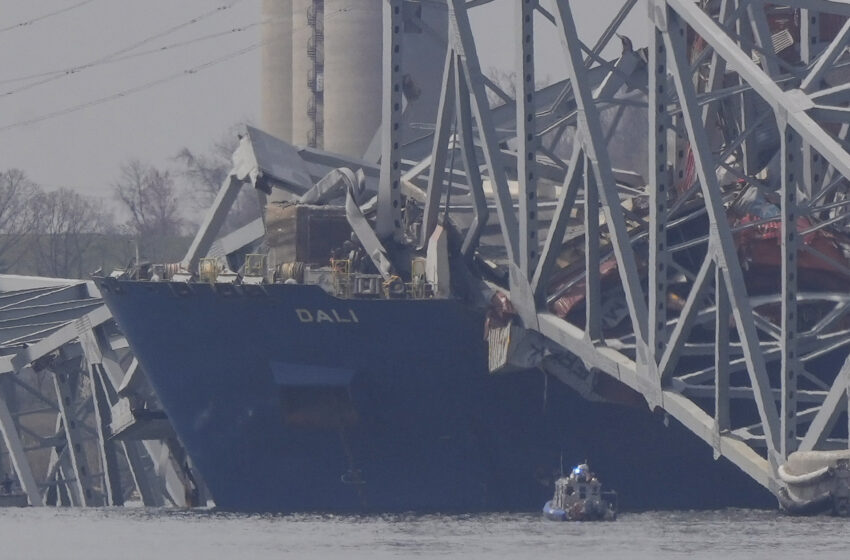Forecast impact on US East Coast container port calls following collapse of Francis Scott Key Bridge in approach to Baltimore Port
Handling diverted Baltimore container cargo as well as the anticipated market growth in 2024 may prove challenging for US East Coast ports, many of which are already at reasonably high utilisation levels.
On March 26th 2024 at 1:28am the MV Dali, a 10,000teu containership, collided with one of the support columns of the Francis Scott Key bridge, which spans the Patapsco River between Baltimore and Dundalk. Within seconds of the impact the main spans of the bridge collapsed into the river, blocking maritime access to the Port of Baltimore.
The Port of Baltimore is the busiest in the US for cars & light trucks, handling nearly 850,000 units in 2023, more than any other US port for the 13th consecutive year. In the same year, the port also handled just under half a million passengers, 11.7 million tonnes of general cargo and 1.1 mteu of containers.
Maryland governor, Wes Moore, declared a state of emergency and suspended all shipping to or from the Port of Baltimore until further notice. This cargo will naturally divert to the most appropriate neighbouring ports, ranging from the Hampton Roads ports in the south to New York/New Jersey ports in the north.
For container traffic, the primary gateway in the northern half of the US East Coast is New York/New Jersey with 59% of the throughput. The Hampton Roads terminals (primarily Norfolk International Terminal and Virginia International Gateway) handle 25% with Baltimore at 9%, Philadelphia at 6% and the remainder in Boston, Wilmington (Delaware) and other smaller terminals.
In 2023, total terminal utilisation for the area is estimated to have been 60%, following a 13.2% YoY decrease in overall container volumes and a 5.5% increase in terminal capacity. Notably, most of the capacity increase was at Baltimore’s Seagirt Marine Terminal, which added 800,000teu in the year.
The most recent Drewry Port Throughput Forecast, available with commentary in the Drewry Ports and Terminals Insight, has North America growing at +10.6% YoY for 2024. Removing Baltimore’s capacity, allocating its container volume across NY/NJ, Philadelphia and Hampton Roads terminals and including the forecast growth for the market, 2024 average utilisation rates could reach as high as 79%. Terminals operating at this level for a sustained period are likely to experience congestion, even more so if the increase in utilisation occurs over a short time period.
Average pre-berthing waiting times are an indicator of overall terminal congestion and again the data suggests that supply chains in this market are likely to come under strain in the coming months.
Even with the additional capacity and reduced volumes during 2023, waiting times in Baltimore and New York ports have only very recently come under control, dropping to 0.2 day on average in February 2024. In the Hampton Roads terminals, which were dealing with the highest utilisation in the area in 2023, they remain elevated at 0.5 day.
Source: Drewry



